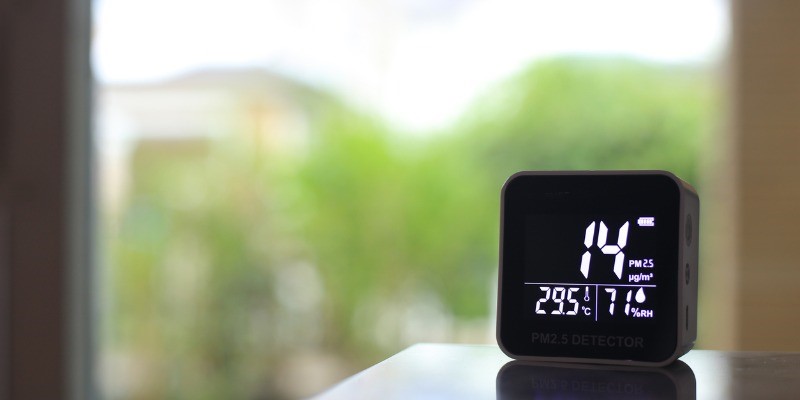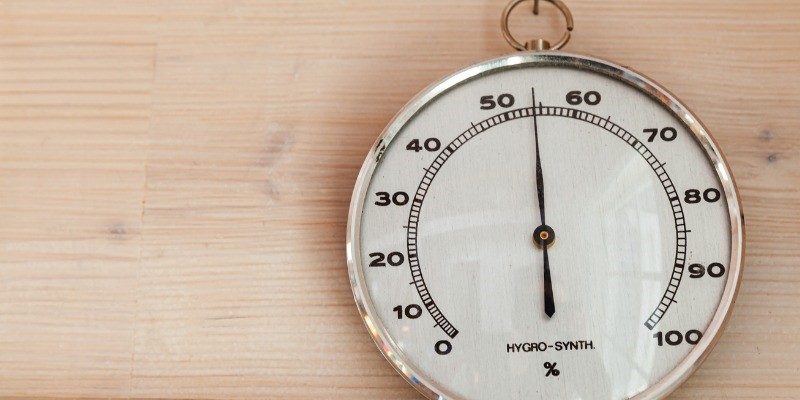
If you have ever heard the acronyms ERV and HRV in relation to your HVAC system and have become thoroughly confused, you’re not alone. While these two components are vital to your home’s indoor air quality, they aren’t quite as popular as other elements of your system.
In this post, we will shed some light on ERVs and HRVs, so you know what they are, why you need them and when you might need one over the other.
What is HRV / ERV?
HRV stands for heat recovery ventilator and ERV stands for energy recovery ventilator. These are air exchange systems that work to improve indoor air quality and minimize your overall heating costs.
What HRV and ERV Do
HRVs and ERVs get rid of pollutants that are suspended in the air inside your home. These may include smoke, dust, gases, odours and even excess humidity. They also:
- Recirculate the air inside the house
- Filter air that comes in from the outside
- Connect to each room in the house via the ductwork, except the garage
What is the Difference Between HRV and ERV
HRV and ERV are similar, but not exactly the same. HRVs use a heat recovery core to warm incoming fresh air from the outside, as stale indoor air is sent out. The fresh air is then distributed throughout the house. When HRVs are being used, you can expect a consistent supply of fresh air and no unwanted drafts in your house.
ERVs recover heat like HRVs, but they go a step further to recuperate energy that is trapped in humidity to keep the humidity level consistent and improve indoor comfort. Depending on the environment, ERVs can limit the amount of humidity coming into the house or the amount of humidity leaving the house.

Which Should I Choose?
Typically, the heat recovery ventilator, or HRV, is the right choice if you live in a colder climate and there is excess humidity in the air during the heating season. The energy recovery ventilator, or ERV, is also suitable for colder climates but is best for homes where there is no excess humidity during the heating season. ERVs also work well for homes in warmer climates where there is high outdoor humidity.
Some other factors to consider include:
- The number of people that live in the house
- How airtight the dwelling is
- The dimensions of the house
- The type of heating system you have
Your indoor air quality can be greatly improved with an HRV/ERV system. If you want to improve your air quality but don’t know which system would be best for your family, contact the experts at Advantage Airtech ClimateCare.







